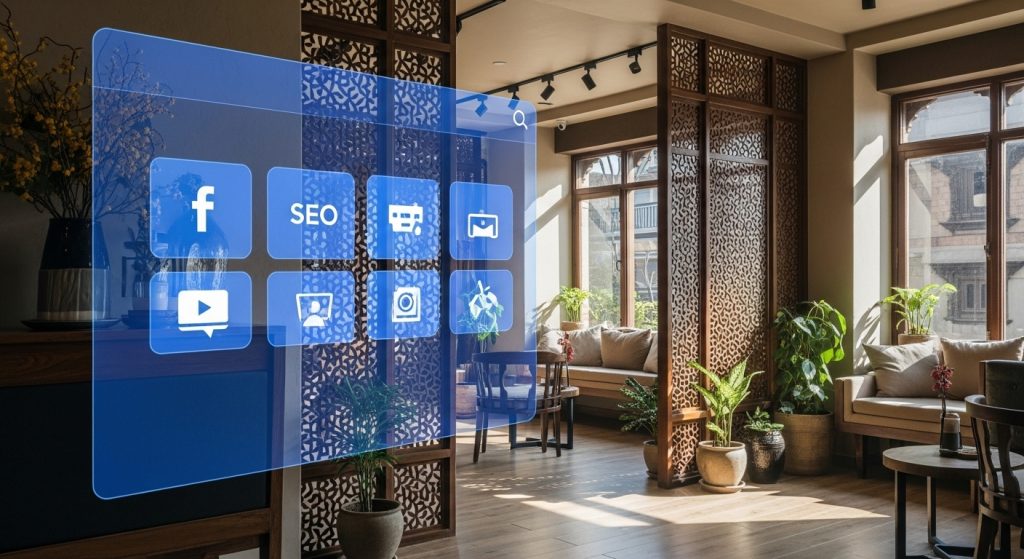Getting traffic to your website is only half the battle. All the clicks in the world are meaningless if those visitors don’t take the action you want them to take—whether that’s filling out a form, making a purchase, or subscribing to a newsletter. This is the domain of Conversion Rate Optimization (CRO), the systematic process of increasing the percentage of website visitors who convert into customers.
CRO is a powerful blend of data analysis, user psychology, and structured testing. It’s not about guesswork or blindly copying what your competitors are doing. It’s about understanding your users’ behavior and using that insight to remove friction and enhance motivation. This article provides actionable, evidence-based tips to help you turn more of your website clicks into valuable conversions.
1. Understand the “Why” Before the “What”
The biggest mistake in CRO is to start changing things randomly. Before you test a new button color, you need to understand *why* users aren’t converting in the first place. You need to diagnose the problem before you can prescribe a solution.
How to gather insights:
- Web Analytics: Dive into your Google Analytics 4 data. Use path exploration reports to see where users are dropping off in your conversion funnel. Identify pages with high traffic but low conversion rates.
- Heatmaps and Session Recordings: Tools like Hotjar or Clarity are invaluable. Heatmaps show you where users are clicking (or not clicking), while session recordings let you watch anonymized recordings of real user sessions. You’ll quickly see where they get confused, frustrated, or stuck.
- User Surveys and Feedback Polls: Sometimes, the easiest way to find out what’s wrong is to ask. Use simple on-page polls to ask questions like, “Was there anything stopping you from making a purchase today?”
2. The Foundation: Clarity and Value Proposition
Your website must answer three questions within seconds of a user landing on it: Where am I? What can I do here? Why should I do it? This is your value proposition, and it must be crystal clear.
Actionable Tips:
- Headline and Sub-headline: Your headline should clearly state the benefit you offer. The sub-headline should elaborate on it. Avoid vague, jargon-filled marketing speak.
- Hero Shot: Use a high-quality image or video that shows your product or service in context and helps the user visualize the outcome.
- Call-to-Action (CTA): Your primary CTA should be prominent, clear, and action-oriented. Instead of “Submit,” use descriptive text like “Get Your Free Quote” or “Start Your 14-Day Trial.”
3. Reduce Friction, Increase Motivation
Friction is anything that makes it harder for a user to convert. Your job is to eliminate it wherever possible.
Common Sources of Friction:
- Long and Complicated Forms: Only ask for the information you absolutely need. Every extra field you add will reduce your conversion rate. Consider using multi-step forms to make the process feel less intimidating.
- Lack of Trust Signals: Users are hesitant to share personal or payment information without trust. Add trust signals like customer logos, testimonials, security badges (e.g., SSL certificate), and clear privacy policy links.
- Decision Paralysis: Too many choices can be overwhelming. If you have multiple pricing tiers, use visual cues to highlight the most popular option.
4. The Power of A/B Testing
Once you have a hypothesis based on your research (e.g., “I believe that changing the CTA from ‘Submit’ to ‘Get My Free Ebook’ will increase form submissions because it’s more specific about the value”), it’s time to test it. A/B testing is the process of showing two versions of a page to different segments of your audience to see which one performs better.
A/B Testing Best Practices:
- Test One Thing at a Time: If you change the headline, the CTA, and the main image all at once, you won’t know which change was responsible for the result.
- Run the Test Long Enough: You need a statistically significant sample size to be confident in your results. Don’t end the test after just one day.
- Learn from Your Failures: A failed test is not a waste of time. It still provides a valuable learning. If your new version didn’t win, it tells you that your hypothesis was wrong, which is useful information.
Conclusion: A Continuous Cycle of Improvement
Conversion Rate Optimization is not a one-time project; it’s an ongoing process of learning and improvement. By continuously gathering data, forming hypotheses, and testing your assumptions, you can create a website that not only attracts visitors but also effectively turns them into loyal customers. Start with the low-hanging fruit, focus on understanding your users, and embrace a culture of testing. The impact on your bottom line will be well worth the effort.
📚 For more insights, check out our comprehensive digital marketing guide.



